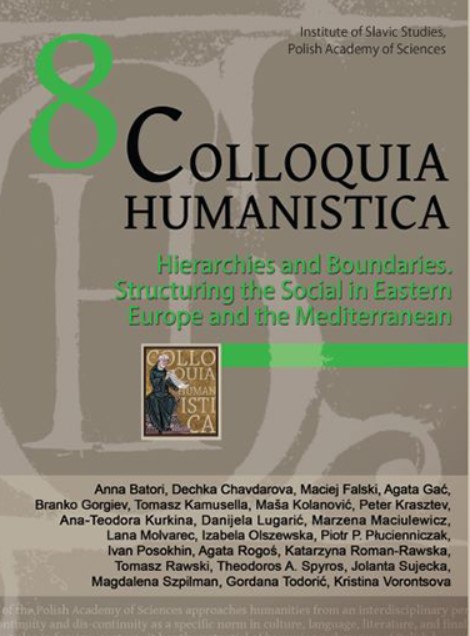The New Polish Cyrillic in Independent Belarus
The New Polish Cyrillic in Independent Belarus
Author(s): Tomasz Dominik KamusellaSubject(s): Christian Theology and Religion, Theoretical Linguistics, Comparative Linguistics, Western Slavic Languages, Eastern Slavic Languages, Philology
Published by: Instytut Slawistyki Polskiej Akademii Nauk
Keywords: Belarusian language; Cyrillic; Latin alphabet; Diocese of Hrodna (Horadnia-Grodno); nationalism; Polish language; religion; politics of script; Russian language;
Summary/Abstract: After the fall of communism and the breakup of the Soviet Union, the religious life of the Roman Catholic community revived in independent Belarus. The country’s Catholics are concentrated in western Belarus, which prior to World War II was part of Poland. In 1991 in Hrodna (Horadnia, Grodno) Region, the Diocese of Hrodna was established. Slightly over half of the region’s population are Catholics and many identify as ethnic Poles. Following the ban on the official use of Polish in postwar Soviet Belarus, the aforementioned region’s population gained an education in Belarusian and Russian, as channeled through the Cyrillic alphabet. Hence, following the 1991 independence of Belarus, the population’s knowledge of the Latin alphabet was none, or minimal. For the sake of providing the faithful with Polish-language religious material that would be of some practical use, the diocesan authorities decided to publish some Polish-language prayer books, but printed in the Russian-style Cyrillic. This currently widespread use of Cyrillic-based Polish-language publications in Belarus remains unknown outside the country, either in Poland or elsewhere in Europe.
Journal: Colloquia Humanistica
- Issue Year: 2019
- Issue No: 8
- Page Range: 79-112
- Page Count: 34
- Language: English

